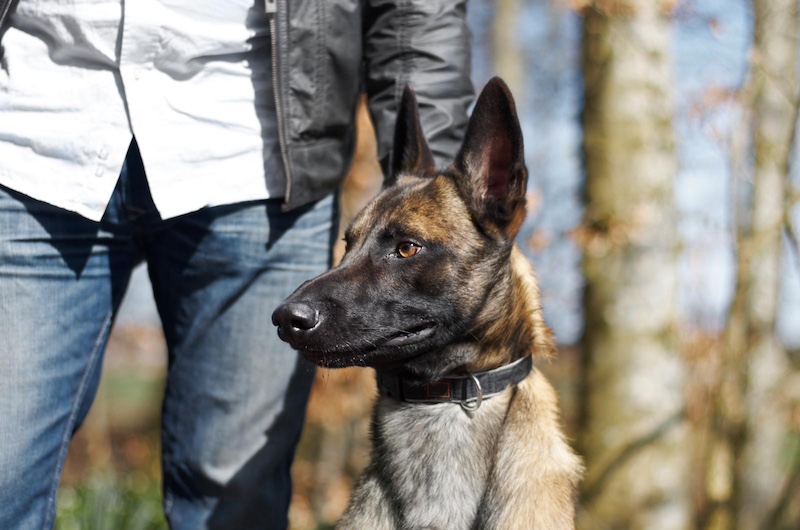Dogs are renowned for their keen sense of smell, but their hearing abilities are equally remarkable. With a wider frequency range and impressive sound discrimination, dogs experience the world in ways that are often beyond our comprehension. Here are ten cool facts about dogs’ hearing that showcase their extraordinary listening skills.
Dogs Can Hear Frequencies Up to 65,000 Hz

Dogs have an extraordinary hearing range, capable of detecting sounds at frequencies as high as 65,000 Hz. In comparison, humans can only hear up to about 20,000 Hz. This means dogs can pick up sounds that are completely inaudible to us, such as the high-pitched whistles of certain toys or even the distant sounds of animals.
Dogs Excel at Sound Discrimination

Not only can dogs hear a wider range of frequencies, but they are also adept at distinguishing between different sounds. Research shows that dogs can differentiate various pitches and tones, enabling them to recognize their owners’ voices or specific commands. This ability is crucial for training and communication.
Dogs Have Exceptional Directional Hearing

Dogs possess excellent directional hearing, which allows them to accurately determine the source of a sound. Their ears can swivel independently, helping them pinpoint sounds from different angles. This skill is particularly advantageous in the wild, where it aids in locating prey or avoiding potential threats.
Certain Breeds Have Enhanced Hearing Abilities

Some dog breeds have been specifically developed for their hearing skills. For instance, herding breeds like Border Collies and Australian Shepherds are known for their acute senses, enabling them to respond quickly to the calls of their handlers or the movements of livestock. This specialized hearing aids them in their working roles.
Dogs Are Sensitive to High-Frequency Sounds

Dogs are particularly sensitive to high-frequency sounds, which is why they can hear dog whistles. These whistles emit sounds often inaudible to humans. Many dog trainers use whistles in training because the high pitch captures a dog’s attention without disturbing nearby people.
Dogs Can Produce Over 100 Different Sounds

While dogs can hear a wide array of sounds, they also have their unique vocalizations. Dogs can produce over 100 different sounds, ranging from barks and growls to whines and yips. Each sound conveys different emotions or messages, allowing dogs to communicate effectively with their humans and other animals.
Dogs Can Experience Hearing Loss as They Age

Just like humans, dogs can experience hearing loss as they grow older. This decline can be gradual and may go unnoticed at first. Signs of hearing loss in dogs include not responding to commands, being startled by sudden movements, or sleeping through noise. Regular veterinary check-ups can help monitor their hearing health.
Dogs Can Hear Sounds from Distances Greater Than Humans

Dogs can hear sounds from much farther away than humans can. While a human might hear a dog barking from a distance of about a mile, a dog can pick up sounds from three times that distance or more. This ability is particularly useful for hunting or search-and-rescue operations.
Dogs Use Their Ears to Express Emotions

Dogs use their ears to convey their emotions and state of mind. For instance, a dog with ears perked up is usually alert and curious, while a dog with ears pinned back may be feeling submissive or frightened. Observing a dog’s ear position can provide valuable insight into how they are feeling in a given situation.
Dogs Can Hear Ultrasonic Frequencies

Dogs can hear ultrasonic frequencies, which are sounds above the range of human hearing. This ability allows them to detect things like the sounds of small rodents or other prey that might be inaudible to us. This heightened sensitivity plays a crucial role in their instincts and hunting behaviors. Please Note: This content was created with the assistance of AI and thoroughly edited by a human before publishing.

